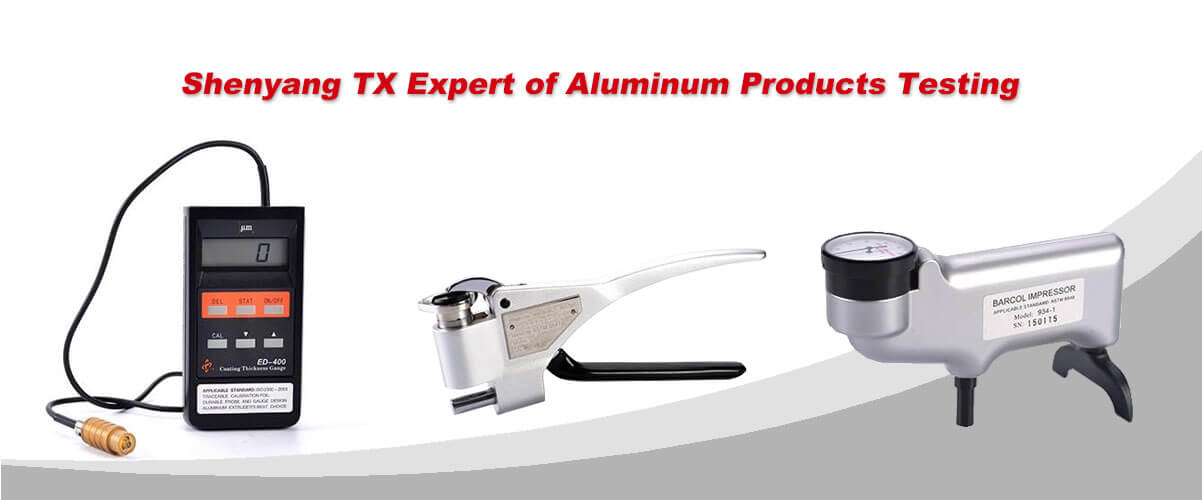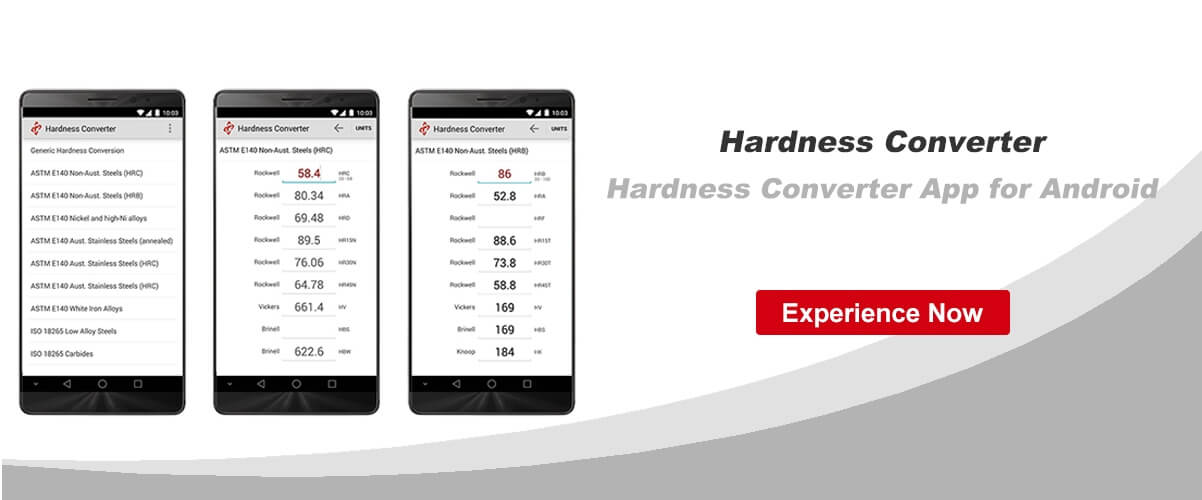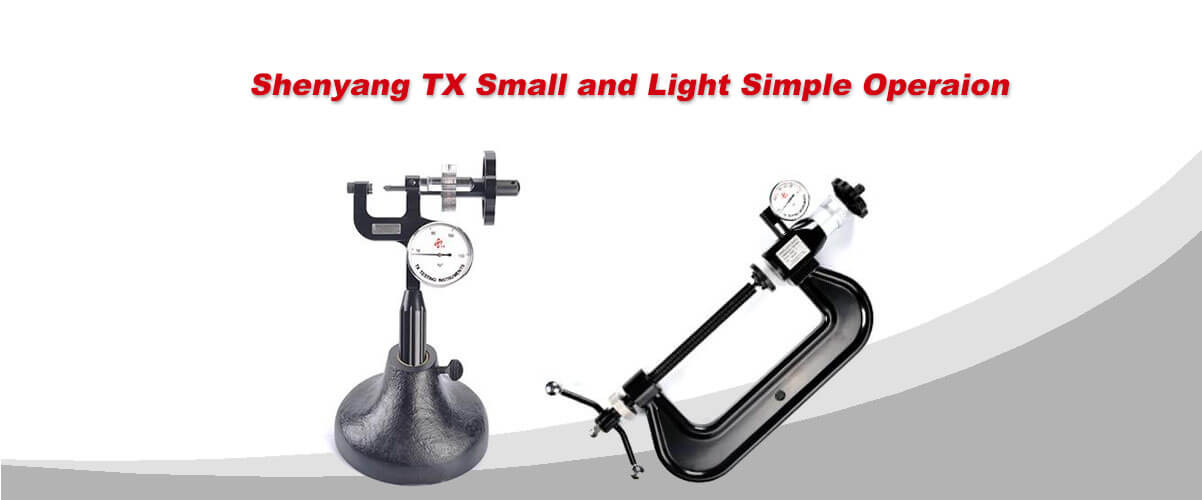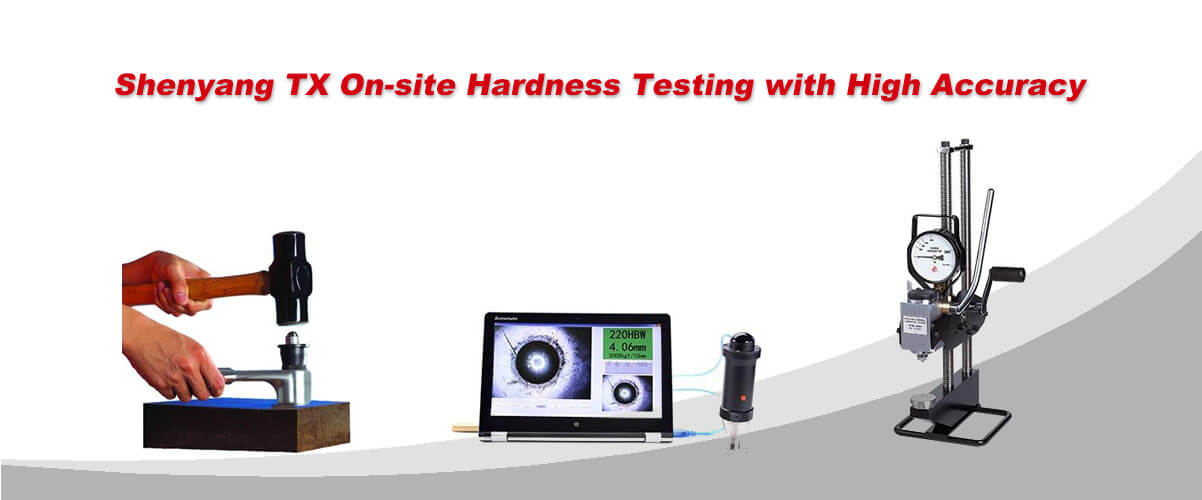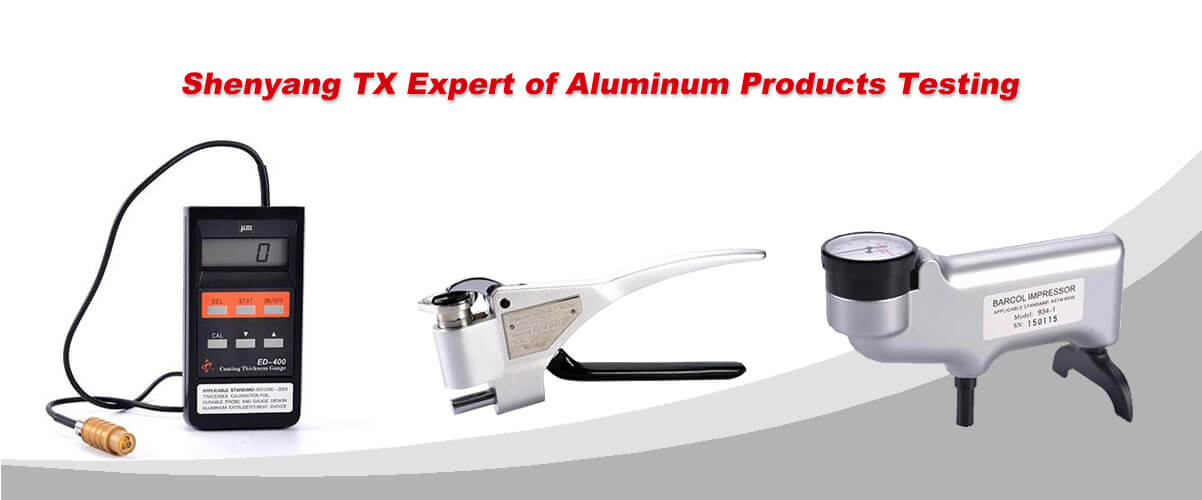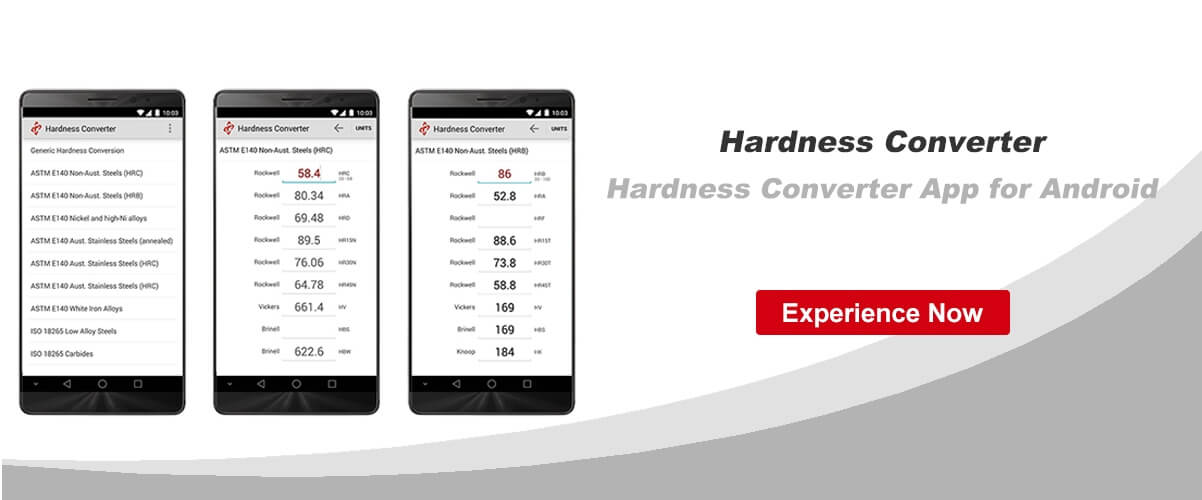At present, there are two types of shear pin Brinell hardness tester, one is PHB-1 hammer type shear pin Brinell hardness tester; The other is PHB-150 shear pin Brinell hardness tester. In addition to PHB-1 hammer type Brinell hardness tester, PHB-150 shear pin Brinell hardness tester also adds a C-frame shear pin Brinell hardness tester. The force application method of hammer type shear pin Brinell hardness tester is to apply force vertically to the measuring head with a 4-pound hand hammer, which belongs to dynamic force application, while the C-frame shear pin Brinell hardness tester adopts a spiral barrel structure and rotates the torque wrench to slowly apply the test force to the shear pin, which belongs to static force application.
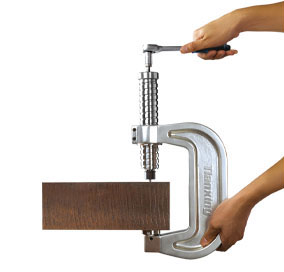
According to the similarity principle of Brinell hardness test, the two instruments use the fracture of shear pin to control the 1580kgf test force. The indenter diameter is 7.26mm to equivalent 3000kgf test force, 10mm ball, but each has its own advantages in practical application. The hammer shear pin Brinell hardness tester has no dimensional requirements for workpieces, which is suitable for on-site Brinell hardness measurement of large and extra large parts, Because the C-frame shear pin Brinell hardness tester is a static force, the applied test force is more accurate, and the error of the measured hardness value is smaller. The disadvantage is that the C-frame has the limitation of opening size, and the workpiece higher than 150mm can only be measured by hammering the shear pin Brinell hardness tester.

